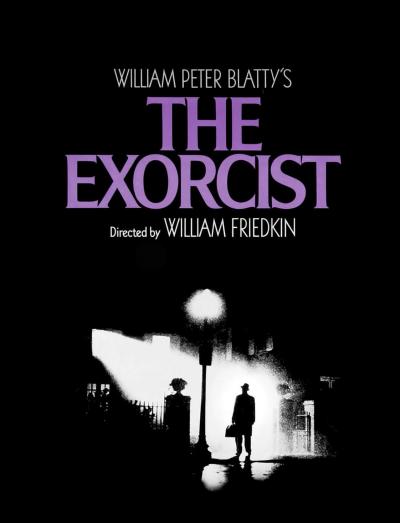The silhouette in this poster suggests The Exorcist is a man’s story. The tale of a priest who lost his faith spoke to a nation reeling from Vietnam, Watergate, and the 1960s counterculture. The film’s solution to social and political upheaval is a paternal one — Father Karras reinvests in God the Father to save a girl who’s gone astray.
But what if we turn our attention from the man to that sickly glow — and the demonic child it represents? From the perspective of men who are losing their authority, she is the shape evil takes. She’s a girl on the verge of adolescence living with a single mom. The family is broken, daddy is missing, the girl becomes a sexually transgressive monster. But do we really want her fixed? If we identify more with the monster than the man, her perversity is fascinating. We might even hope some of that badness lingers after the end. That’s the thing about horror. What we fear, what we desire — it’s all a matter of the gaze we embrace.
Dr. S. Trimble
Lecturer, Women and Gender Studies Institute, University of Toronto
